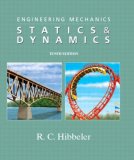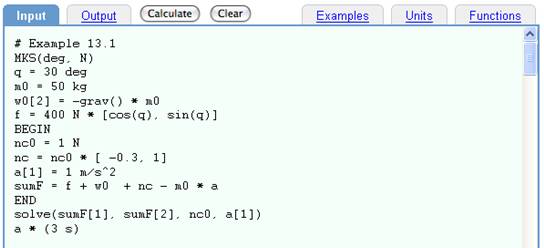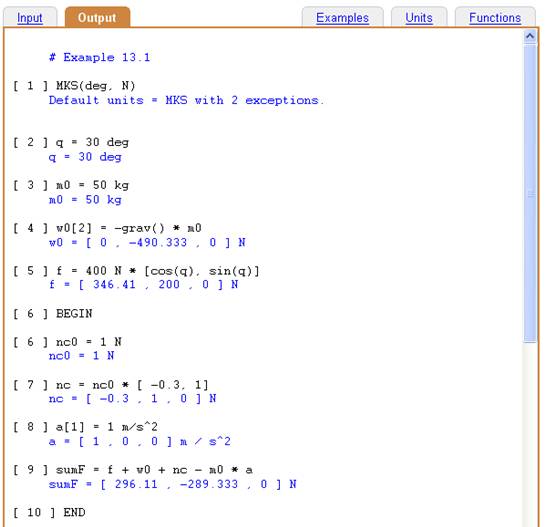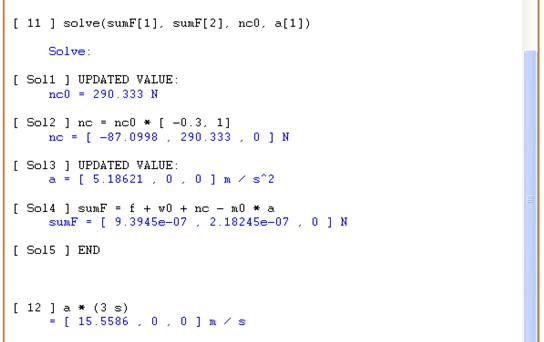Author's Homepage: R. C. Hibbeler
Chapter 13: Kinetics of a Particle: Force and Acceleration
"Many of the earlier notions about dynamics were dispelled after 1590 when Galileo performed experiments to study the motions of pendulums and falling bodies. The conclusions drawn from these experiments gave some insight as to the effects of forces acting on bodies in motion. The general laws of motion of a body subjected to forces were not known, however, until 1687, when Isaac Newton first presented three basic laws governing the motion of a particle. In a slightly reworded form, Newton’s three laws of motion can be stated as follows:
First Law: A particle originally at rest, or moving in a straight line with a constant velocity, will remain in this stat provide the particle in not subjected to an unbalanced force.
Second Law: A particle acted upon by an unbalanced force F experiences an acceleration that has the same direction as the force and magnitude that is directly proportional to the force.
Third Law: The mutual forces of action and reaction between two particles are equal, opposite, and collinear."



 or by typing Shift Enter.
or by typing Shift Enter.
